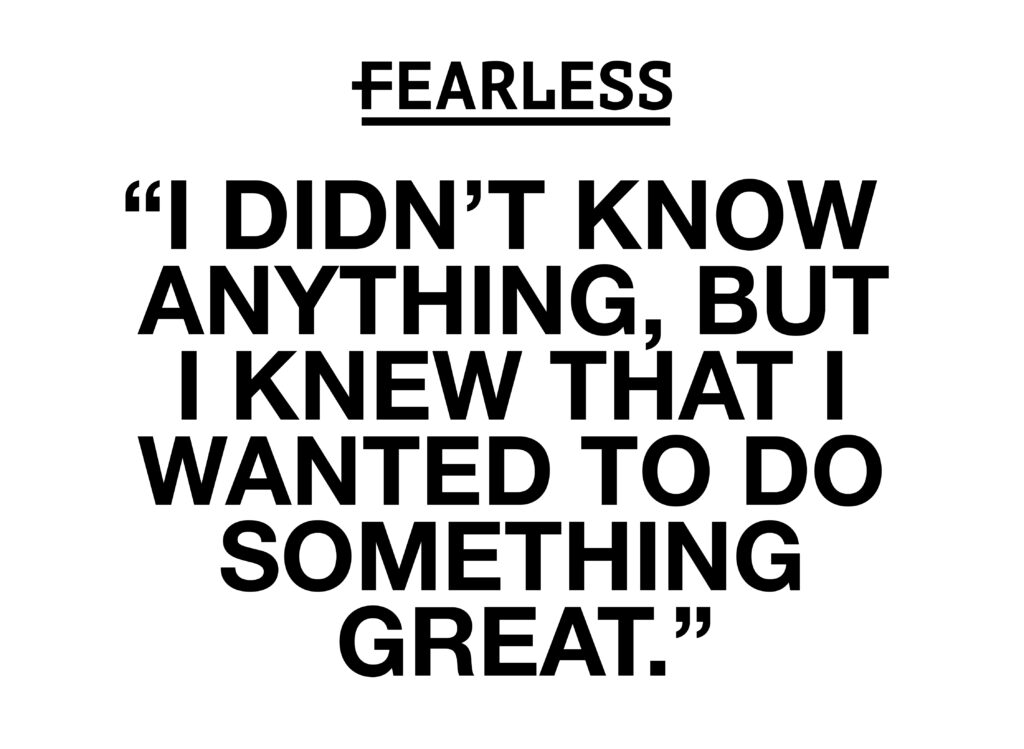McLellan: Are your core values hiding?

DREW MCLELLAN Mar 14, 2019 | 2:04 pm
3 min read time
612 wordsBusiness Record Insider, Sales and MarketingIt’s hard to imagine that there is a business person on the planet who has not heard of Simon Sinek and his infamous “why” TED Talk, books and beliefs. When you peel away Sinek’s message, what he is really saying is that every organization needs a purpose that is bigger than making money. There has to be something more profound and more personal at the core of what you do if people are going to choose you over your competitors.
It can’t be all about features, benefits, discounts or any other tangible factor. Our brains don’t work that way. Our brain’s limbic system is the part that holds and reacts to our emotions. Its neighbor, the neocortex, is the logical section of our brain, using logic and information to process a decision. We all like to believe we are letting our neocortex do the shopping, but science has proved that our limbic system actually has more influence on our decisions, big and small.
Before Simon Sinek, we referred to our organization’s “why” as our core values. Core values exist whether we express them or not. But we can’t use them as the powerful attraction tool that they are if we don’t articulate and preach them.
I was with a client last week who is about to embark on our branding process. I asked them if they had core values, and they responded that they absolutely did. I asked if every employee knew what they were, and they enthusiastically said yes, because they’re in the employee handbook and part of the onboarding process. Through a series of questions, we discovered that after that onboarding meeting, the values are never talked about again. They don’t hang on a wall. No one is recognized for them. That means that the employees don’t know what they are and they do not use them as a guide for how they do their jobs.
This is a very common reality. Most companies have, at one point in time, created a list of values. But once the task is done, the values are filed somewhere, and maybe they come up during an interview or onboarding event, but after that they’re forgotten.
In next week’s column, we’ll talk about all the ways you can use your core values from a marketing perspective. But first they have to be real to every employee. For that to happen, they can’t gather dust. They need to be an integral part of how you make business decisions, hire, fire and recognize team members, and how you deal with vendors, clients and partners.
Here are some core values basics in case you decide it’s time to dust yours off and put them to work:
They should be descriptive and actionable: Having a single word like respect is not the same thing as a sentence like “We respect each other’s ideas, time and contributions.” When we are met with disrespect, we deflect that with an even deeper sense of respect.
They should be easy to memorize: This is tied to both length and the language you use. Don’t use jargon or business-speak. One of my favorites that we helped a client craft is “We don’t do anything that would disappoint our moms.” You know exactly what it means, and it’s tough to forget.
We can’t make everything mission-critical: Your core values should be a very finite and manageable list. Five or six values maximum, and they should all fit on an index card. This will force you to think about what matters and what you want to be held accountable to on a daily basis.
Next week: How core values and marketing work together.










